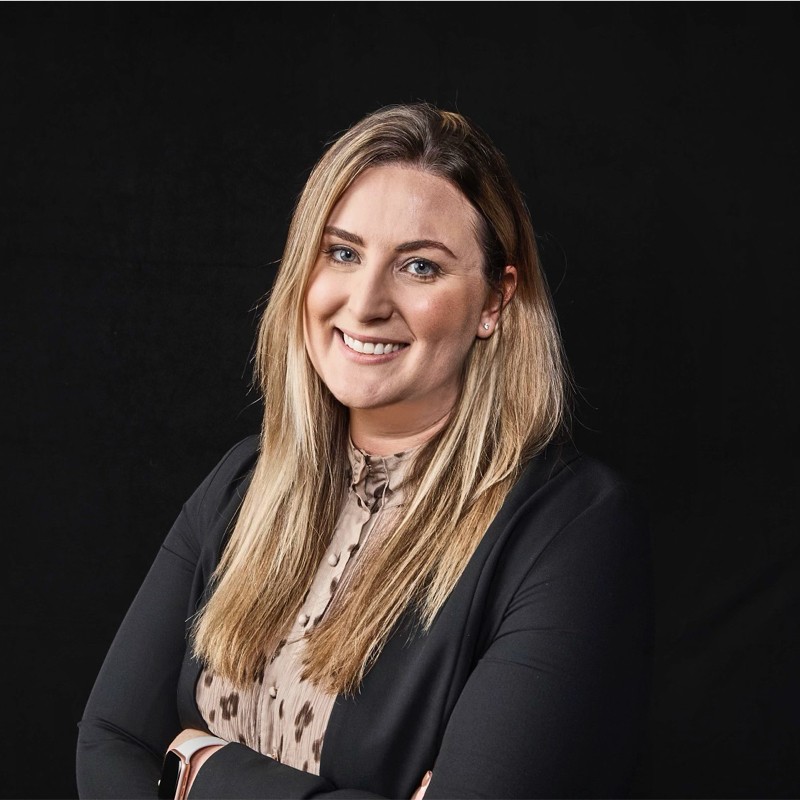How to invest for children
In between the important big spends of Australian childhood – think swimming lessons, Bluey paraphernalia and caravan park holidays - there’s a new emerging trend. And it sounds pretty bourgeois. An investment portfolio.
But while the idea of children still wearing nappies and having their own high-growth diversified portfolios might sound like Richie Rich territory, that’s not the case. There are a range of ways you can invest for children and gradually help them compound – it can also be a great way to teach your children about financial management as they grow older.

Think of it as the modern version of the children’s cheque account that Grandma and Grandpa might once have diligently popped $5-$10 into on birthdays once upon a time – but with *hopefully* much better growth.
Investment accounts can be similarly versatile, as SelfWealth CEO Craig Keary points out.
“Not only can parents invest on a child’s behalf, but grandparents, aunts, uncles, and even other relatives and family friends can invest on behalf of a child,” he says.
To learn more about the ins and outs of investing for children, I spoke to Stockspot’s Head of Client Care & Advice, Sarah King, Shaw & Partners’ Senior Investment Adviser Candice Bourke and SelfWealth's CEO, Craig Keary.
The different options available
Bourke cautions that the right option can depend on the goals of investing, but some options include:
- A high interest savings account with a bank
- Purchase of direct shares on behalf of children and then transfer into the child’s name later (or sell them and give your child the proceeds)
- Invest into a managed fund or ETF on behalf of children
- A structure like a Family Trust or Minor Trust where the children are beneficiaries.
- Education or Child Bonds.

You’ll also need to take your own financial circumstances into account, as King points out – after all, depending on the structure you use, you may be the legal and beneficial owner of the investments and, therefore, liable to pay tax on any earnings. You’ll also need to factor in capital gains when you eventually transfer the investments over to your children.
“Make sure you’re getting advice around the right structure to invest on behalf of your children, taking into account your marginal tax rates. If there is someone else in your household on a lower marginal tax rate, it might be a better outcome to have them be the legal owner and operator instead,” King says.
In a structure where the adult is the legal and beneficial owner until transfer, you’ll need to consider that the transfer of the investments to your children isn’t automatic. You will need to decide what age you think is appropriate to either sell down or transfer the assets over.
“I speak to a lot of parents who don’t want to transfer the assets over the moment their children turn 18, they see it as too young. It might mean holding the investments until children are well into their 20s,” King says.
By contrast, a minor trust structure may avoid the parent or guardian being hit with capital gains tax. It also typically involves an automatic transfer at a selected age. There may also be different costs involved in setting up and managing these structures.
You can invest for your children yourself through options such as the children’s investment accounts offered by platforms like SelfWealth or have a financial adviser platform, such as Stockspot, manage them for you.
Key risks and considerations
Tax is one of the most important factors to consider and can influence which investment option might be right for your children.
“Investing in your name means you are subject to any tax implications or CGT events, whereas a child investment bond means a lower tax rate as earnings are taxed at maximum rate of 30% within each investment option,” says Bourke.
Earnings are not assessable on these after 10 years, meaning parents or guardians are incentivised to use these as a longer-term option.
It’s also worth remembering that investing in shares, ETFs and managed funds are not risk-free. While there is the potential for gains, there is also potential for losses and managing share portfolios yourself, also factoring research involved can be time-consuming.
Remember fees and brokerage for both the option you choose and any assets you invest in. Fees and brokerage can really cut into returns over time—the less you have to pay, the more time the returns on investments have to compound for your children.
Setting goals and a strategy for your children
The starting point for investing comes back to what you want to achieve. For example, are you hoping to help them pay for university, buy a car or even have a house deposit one day?
Then consider your timeframe. If your child is 2 years old and you want a nest egg for university, you have a vastly longer timeframe to invest compared to if your child is 15 and you want to help them buy a car at 17—in this case, you may be better off with a high-interest savings account instead.
“The longer your time horizon, the more risks you can take – you want to be taking measured risks. It’s more common to go into a high-growth strategy. It’s like superannuation where you have time on your hands to recover from share market volatility ups and downs along the way,” says King.

From there, you need to think about what assets will get you the most long-term growth.
Bourke typically recommends a longer time horizon of at least 10 years for those wanting to invest for their children.
What a portfolio for children might look like
Assuming a longer investment time horizon, both Bourke and King advocate growth and high-growth options.
“We encourage targeting a growth risk profile for the longer time horizon as any income generated will be taxable on top of the parent’s income. If we can target 7-8% pa, that means in 7 years, you’ve doubled your money,” says Bourke.
King notes the growth portfolio they offer is weighted 70% growth assets and 30% defensive assets. The bulk of the growth assets are allocated to Australian shares, allowing the portfolio to benefit from franking credit entitlements.
“If you’ve got a time horizon of ten years or more, we’d recommend our high growth portfolio. This is weighted 78% to growth assets and 22% to defensive assets.
If you break it down further: 47% is allocated to Australian shares, 10% to global developed share markets and 21% to emerging market shares. Then you have the defensive assets in the portfolio: 7.2% bonds and 14.8% gold,” says King.
Examples of investments to consider for children
Stockspot uses ETFs within their portfolios.
“ETFs are great vehicles for accessing immense diversification for a very low cost,” says King.
Keary agrees with this, also pointing out that the broad subjects that ETFs can focus on can also allow parents to select investments that match with their children’s interests.
“We all know that children are most engaged with something they are interested in, so ETFs can be chosen accordingly,” says Keary. It ties in nicely with the idea of using an investment portfolio to teach your children financial literacy.

Some share ETFs that Bourke likes include the iShares S&P 500 ETF (ASX: IVV) for exposure to the US equity market and iShares Core S&P/ASX200 ETF (ASX: IOZ) for Australian market exposure.
When it comes to direct share investments, Keary notes that dividend-paying shares are often viewed as in the realm of retirees but can equally be appropriate for children.
“Investing in dividend-paying shares for children provides a window with which proceeds can be reinvested into a company to increase the size of that position, without adding new capital,” he says.
Of course, high-growth direct shares also play a role, with Keary highlighting that many US shares can fall into this category, like Apple (NASDAQ: AAPL), Amazon (NASDAQ: AMZN) and Alphabet (NYSE: GOOG).
It’s another opportunity to engage your children – after all, as Keary says, “some children may already relate with, or use these companies’ products and services, providing a stronger connection for children to become engaged with investing in the share market over the long-term.”
There is also an abundance of managed funds that might be suitable, depending on your budget and goals.
Final tips for parents
- Don’t forget the power of compounding: if you set automated top-ups, it will help growth over time.
- Don’t buy into market volatility and think long-term
-
Avoid dipping into the investments in an emergency
“I’ve seen parents with the best intentions invest for their children but then find themselves dipping into the account when life gets in the way. Try and keep a separate emergency fund for yourself so you avoid needing to dip into your children’s funds,” says King. - Seek help if you need it – you don’t have to manage the fund yourself if you don’t have time. There are financial advisers and fund managers who can do it for you.
-
Use the process to teach your children financial literacy skills
“It can start as young as toddler age, teaching them about the power of compounding and saving their pocket money for goals like a planned holiday,” says Bourke.
“By instilling the importance of healthy financial habits in our children, we can guide their values and behaviour, while they get to harness the most powerful investment tool available — time,” says Keary.
5 stocks mentioned
2 funds mentioned

